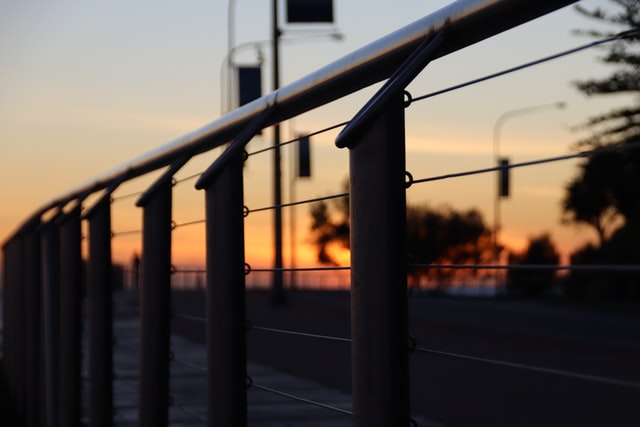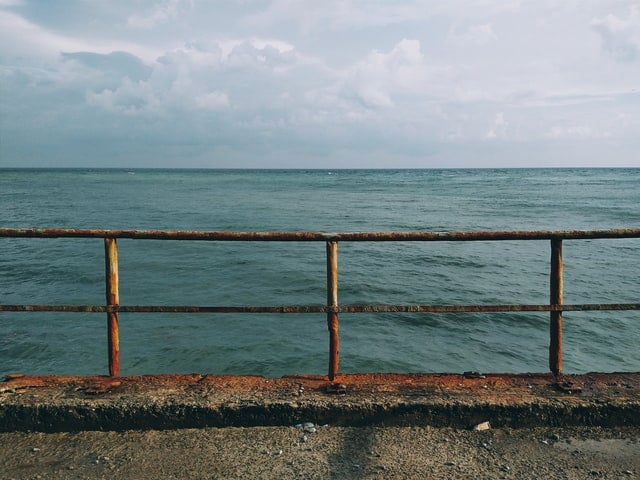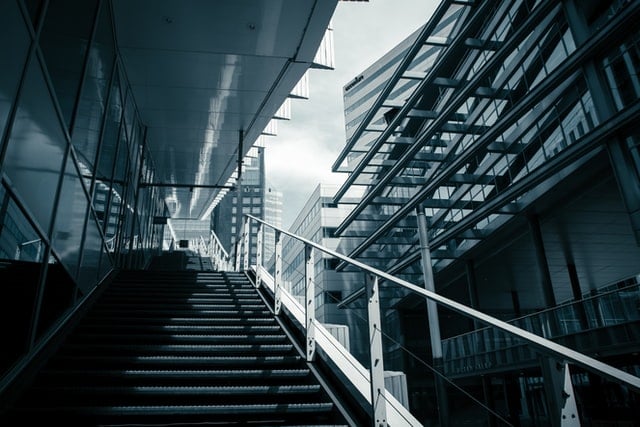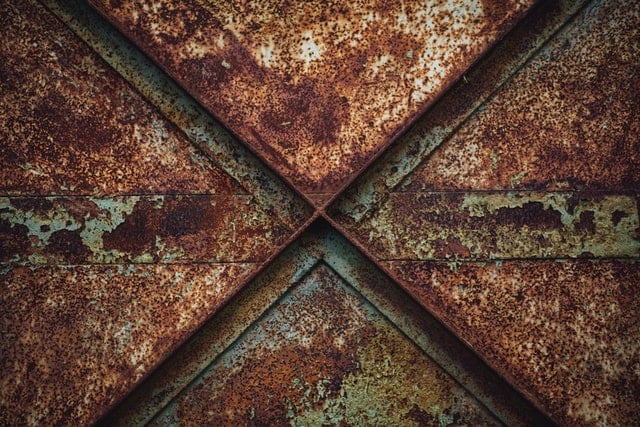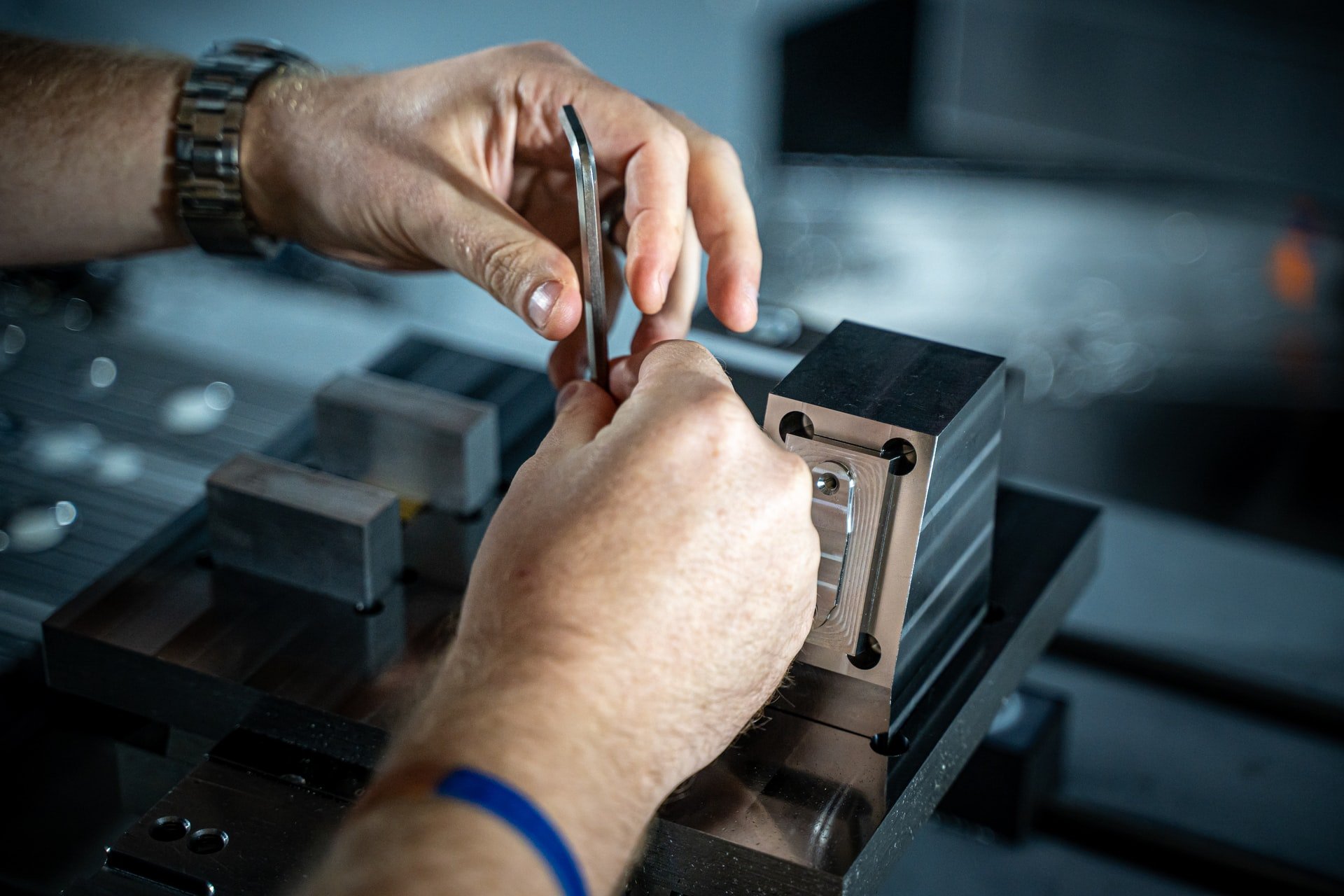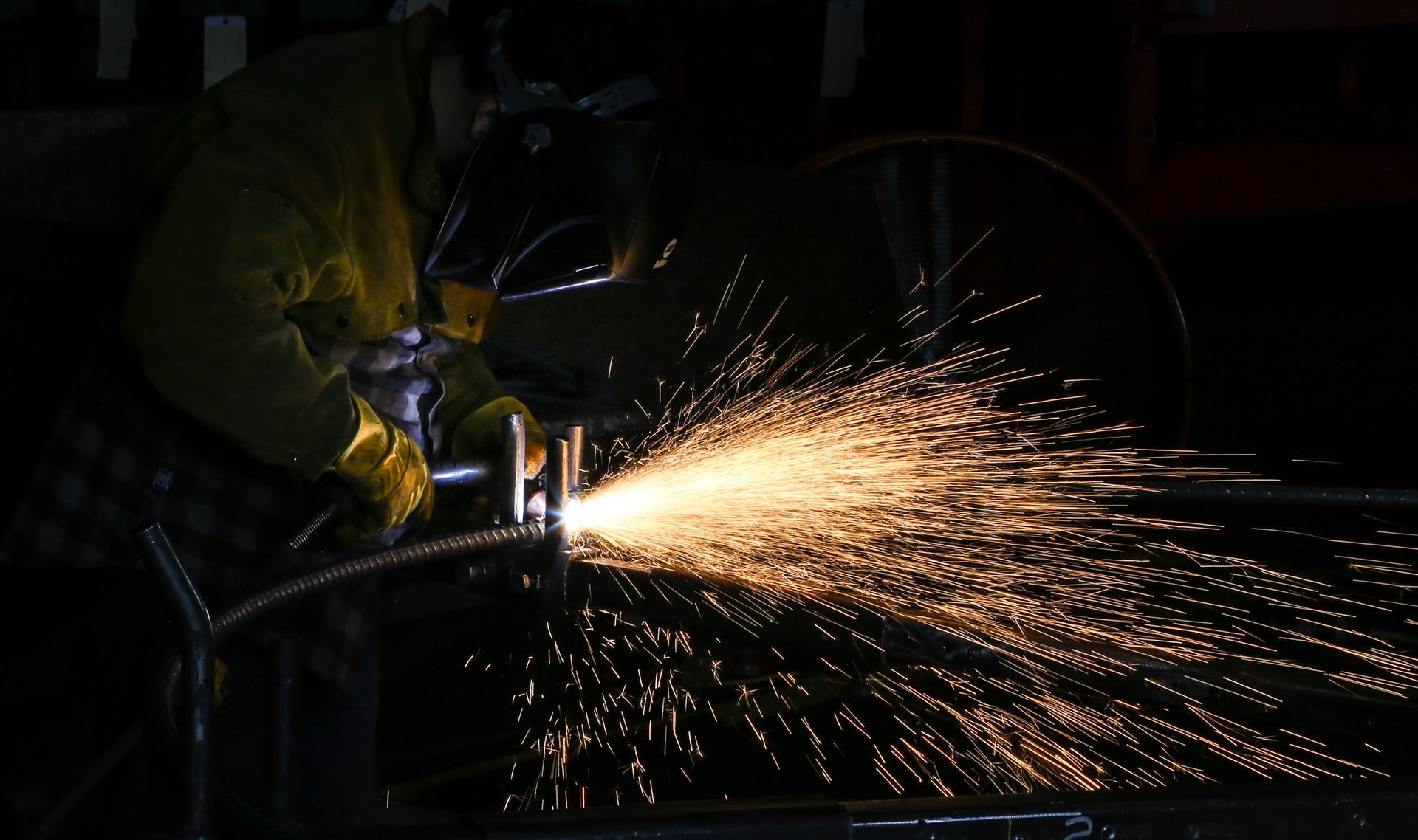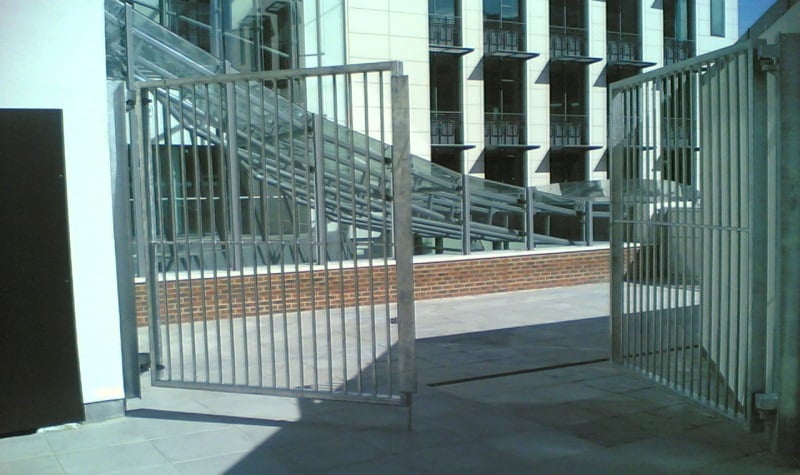
When designing and installing security gates, the planning phase is crucial. There are various details that fabricators need to know in order to create the perfect, high-quality product. Here are some of the factors that a trustworthy security gate fabricator will ask for, and some of the elements that you will need to think about.

1) Height Measurements
A good security gate must, by definition, be difficult to climb over. Research carried out by Forbes suggests that 8 feet (2.4 metres) is a good height for most security gates - although in reality the height of security gates varies widely. In the UK, gates that are high enough to keep intruders away often require planning permission. This includes:
- Gates that are more than one metre in height, if next to a footpath, an access road, or a highway
- Gates that are over two metres in height
- Gates that meet a neighbour’s property
- Listed buildings
- Land surrounding a listed property
- Conservation areas
As such, gate height is one of the most important calculations that has to be made. In order to find out what’s permissible in your area, check with your Local Planning Authority.
2) Ground Clearance
The recommended minimum ground clearance is 50mm. This may have to be slightly higher if the ground slopes. Having a bit of space is important so that stones can roll under the gates without becoming impacted, and to reduce the risk of environmental factors – such as snow – from preventing gates from opening.
3) Width
The width of the gates will be slightly narrower than the width of the void. 12mm on either side is normal, but designs vary. Strategic gaps are important for allowing access to critical components such as hinges, and for allowing natural drying of the metal. Gaps also enable free movement of wind, and therefore act as a stabilising factor. Very windy areas often benefit from security gates with multiple air channels.
4) Foundations
Many brick walls do not have deep enough foundations to support a metal security gate. In these cases, a new gate is normally attached to load-bearing posts. These typically have to extend at least one metre into the ground, although a surveyor will be able to give a precise calculation. Foundation depth depends on the type of soil. For instance, clay has a tendency to absorb water and move, so demands deeper foundations and treatment with sandy substrates.
5) The Material
Security gates can be made from many different types of material. These include various different steels, aluminium, and – if it is a listed property – wrought iron. All of these metals have different weights, and will therefore influence the design and architecture of the installation. There are pros and cons to each approach, so ask your manufacturer for advice on the ideal solution for your particular needs.
Find Out More
At GLW Engineering, we specialise in designing individual metalwork solutions. For more information about high-quality, long-lasting, and trustworthy security gates, give us a call today.




